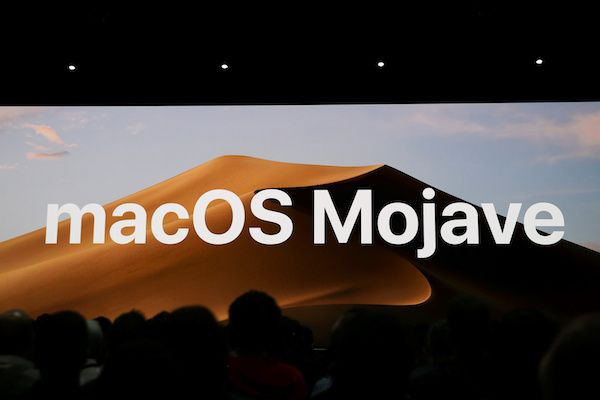Apple’s macOS Mojave Dark Mode, Desktop Stacks And Other Features Explained

At Apple’s Worldwide Developers Conference keynote event on Monday, the tech giant announced the upcoming software updates of its different operating systems. One that stood out from the rest was macOS Mojave, the next update for MacBooks and Mac devices.
From its moniker alone, macOS Mojave is undeniably special. It is the first update to deviate from the mountain-based nomenclature that the company set up four years ago for the macOS operating system. Besides its name, macOS Mojave has some pretty interesting features that will change the user experience that Mac devices offer.
First off, Mojave comes with a new dark mode that’s inspired by the desert at night. According to MacRumors, this is an extension of the dark theme that Apple introduced in the pervious versions of macOS. Compared to the original version, the new dark theme implements a systemwide change to the color of the menu bar, dock, applications and many more. Hence, Mac users can expect to see a true dark theme when macOS Mojave arrives — one that darkens even native apps like Mail, Calendar, iTunes and Xcode.
Another standout feature of macOS Mojave has to be Desktop Stacks. This neat feature takes care of messy desktops by organizing files and putting all of them into easily browsable piles, which users can sort by name, date and other parameters. Basically, Desktop Stacks are folders dedicated to specific file types. Unlike the usual folder though, this new feature automatically does the collecting process.
With macOS Mojave, the Mac App Store gets a long-overdue redesign. Since Apple is promoting consistency for all the software used by its products, the redesign is taking cues from the iOS store. The Verge says the redesign brings in big billboards that call out new apps and collections and some editorial content about certain apps.
Apple is also introducing a new Gallery View in Finder and a new Sidebar in Mojave. The former will be useful for previewing files, while the latter will provide users with more detailed information for their files. Mojave also comes with Quick Actions that let users do more with their files without having to leave Finder. Screenshots will henceforth be very similar to the iOS version with markup integrations and new options for video recording. Additionally, Continuity Camera will enable users to take photos using their iPhone and automatically port the images to their Mac device.
The new macOS update will also provide more security controls. Once installed, users will notice more pop-ups that will allow them to control the apps that can access their information and hardware. Such controls are present in iOS, so Apple is bringing them to macOS. Apple is also making its Safari browser more secure by adding the ability to block social networks like Facebook from tracking users across the web through “like” buttons and whatnot.
Finally, macOS Mojave will open the doors to iOS apps. When the update arrives, several iOS apps will be made available to Mac devices thanks to Apple’s new initiative that aims to make it easier for iOS apps to be ported to the Mac. Some of the iOS apps that are confirmed to come to Mac devices this year include News, Stocks, Voice Memos and Home. Third-party apps are expected to arrive next year. CNET says the move is Apple’s way of rejuvenating its operating system for computers.
As per usual, the new version of macOS is scheduled to launch publicly this fall, either in September or October. For now, the software is available to developers for beta testing. Apple will then make it available to public beta testers later this summer.
© Copyright IBTimes 2024. All rights reserved.




















